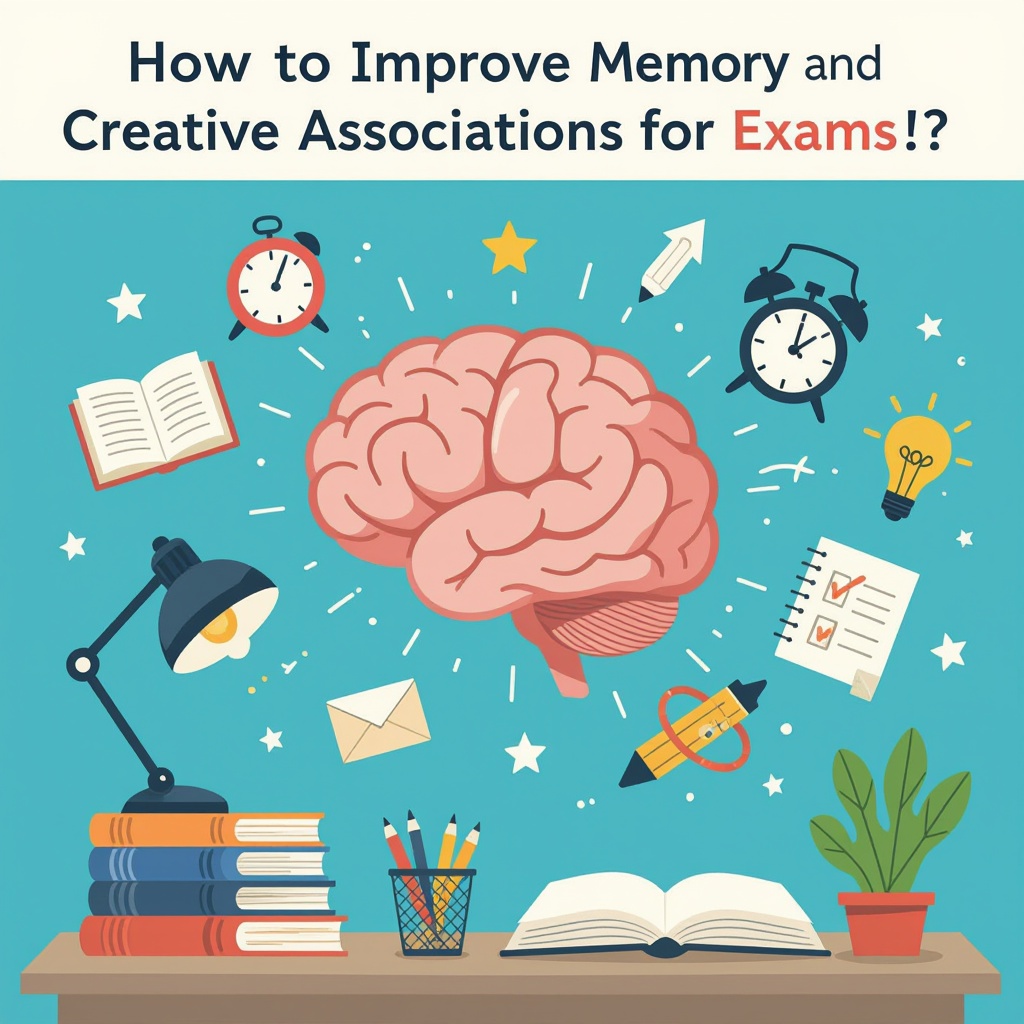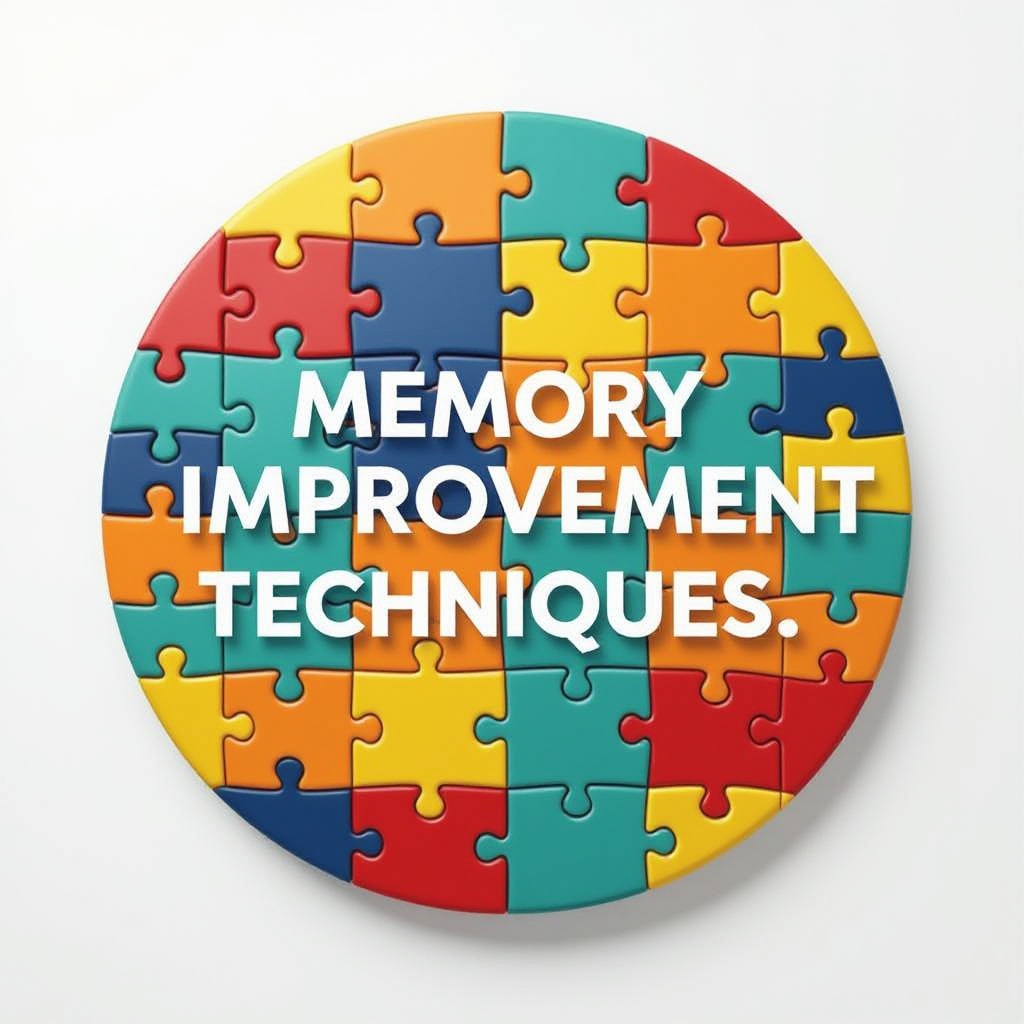Effective memory techniques such as active recall, spaced repetition, and mnemonic devices have the power to significantly enhance your ability to retain and recall information, especially during exams. By incorporating strategies like chunking, outlining, storytelling, and visualization, students can transform their study sessions into comprehensive and memorable learning experiences. These methods tap into the brain’s natural mechanisms for memory and retention, making learning not only more efficient but also more engaging.
Key Takeaways
- Active recall, where you test your knowledge, strengthens memory pathways and pinpoints knowledge gaps.
- Spaced repetition, involving reviewing material at set intervals, combats forgetting and boosts long-term retention.
- Mnemonics use creative associations, such as acronyms and rhymes, for easier recall of complex information.
- Chunking helps manage complex information by breaking it into smaller units, improving overall understanding and recall.
- Storytelling and visualization engage the brain more effectively, integrating facts into memorable narratives and mental images.
Unlock Your Memory Potential for Exam Success
Effective memory techniques can turn your study sessions into powerful learning experiences. They shape the way you retain and recall information, directly impacting your academic success. Recent studies emphasize the advantages of active recall, spaced repetition, and mnemonic devices.
Active recall involves testing your knowledge during study sessions, strengthening memory pathways. Spaced repetition spaces out your learning over time, enhancing long-term retention. Mnemonic devices serve as creative shortcuts that facilitate easier recall of complex information. These strategies not only anchor knowledge more firmly but also make your study sessions more efficient.
Putting these methods into practice equips you with the tools to not just remember, but truly grasp the material.

Master the Art of Organizing Information
Chunking is a powerful technique for absorbing complex information. By breaking down dense material into smaller, manageable units, you can significantly boost recall. Instead of being overwhelmed by large volumes of information, grouping related items helps them stick. Think of phone numbers; they’re easier to remember in chunks, rather than as a single string of ten digits.
Outlines and mind maps are fantastic for organizing your study materials. Detailed outlines provide a structured approach, letting you see the key points and how they connect at a glance. This clarity aids in understanding and remembering your notes.
On the other hand, mind maps offer a more visual representation. They uncover relationships between concepts that might remain hidden in linear notes. With mind maps, you centralize a main subject and branch out with subtopics, creating a visual overview that enhances memory retention.
Both techniques help in visualizing relationships and ensuring you don’t overlook crucial details. Consider these steps for crafting your outlines and mind maps:
- Start with a central theme or question.
- Break it into major sections or chapters.
- Identify and link derivable ideas or questions.
- Use symbols or images to highlight critical terms.
Mixing chunking, outlines, and mind maps leads to a powerful strategy. You’ll better understand your study materials without needing unnecessary stress during exams.
Harness Mnemonics and Creative Associations
Using mnemonic devices can really help enhance memory for exams. Mnemonics work by creating connections with concepts you’re already familiar with. Acronyms make a powerful memory aid by abbreviating long information sets. For example, “HOMES” helps recall the Great Lakes: Huron, Ontario, Michigan, Erie, and Superior. Rhymes can also be effective because rhythm and repetition make information stick.
Another useful mnemonic strategy is the peg method. This technique involves creating a list of “pegs” or anchors that you can associate with new information. Imagine needing to memorize a list of groceries. You could peg each item on your list to something memorable, like a door or a chair, in a way that makes sense to you.
The memory palace technique involves visualizing a physical location, like your home, to store information mentally. Each piece of information, such as a historical event or equation, is placed in a specific location within your memory palace. You mentally walk through the palace to recall the information. Surprisingly, research shows these methods can yield up to a 70.8% recall gain, according to the National Institute of Mental Health.
Try out these techniques:
- Start with simpler mnemonics and build up to more complex methods
- Practice regularly to strengthen your association skills
- Customize your mnemonics to fit the subject matter
These tools offer a creative way to memorize information and make studying more efficient.

Boost Retention with Active Recall Strategies
Using active recall and retrieval practice can significantly enhance your memory retention compared to passive review methods. Unlike just reading or highlighting notes, self-testing forces your brain to actively engage with information, strengthening neural connections and improving recall. Active recall not only boosts memory but also identifies knowledge gaps.
Here’s a straightforward way to implement active recall into your study routine:
- Study: Start by thoroughly reading or reviewing the material, ensuring you’ve understood the key concepts.
- Close Materials: Put aside books and notes. Rely on your memory and avoid referring back to the source material.
- Recall: Try to remember the information you’ve studied. Write it down or say it out loud to bolster your retention.
- Check Accuracy: Compare your recalled information with your notes. Identify any mistakes or omissions.
- Repeat: Continue this cycle until you can confidently recall the information without errors.
By following these steps, you cultivate a habit of active recall that outperforms passive strategies. Practice it regularly to see significant improvement in your exam preparation.

Supercharge Learning with Spaced Repetition Techniques
Spaced repetition plays a crucial role in forming lasting memories by revisiting material over spread-out sessions. This strategy helps reinforce what you’ve learned, ensuring information is retained more effectively. By spacing out learning sessions, you combat the forgetting curve and enhance memory retention.
Using spaced repetition, like flashcards, has shown success. Here’s how it can boost your performance:
- Consistent Practice: Regularly review material at set intervals to help strengthen memory.
- Flashcards Usage: Create flashcards with key concepts and quiz yourself periodically.
- Increased Scores: Students who integrate this approach often see higher test scores and GPAs, as evidenced by numerous educational studies.
Spaced repetition isn’t just a study method; it’s a transformative tool in boosting academic performance.

Make Study Memorable with Storytelling and Visualization
Storytelling and vivid mental imagery can significantly increase memory retention during exam preparation. By weaving facts into engaging narratives or creating mental images, you engage more parts of the brain, making it easier to recall the information during tests.
One key technique is dual coding, where you transform facts into stories or images. This approach aids in both encoding and retrieval. When you link facts with stories, they become easier to remember amidst other information. Picture, for instance, historical events as scenes in a movie. This transforms dry dates and facts into lively stories in your mind.
For subjects loaded with complex data, consider these strategies:
- Create Characters or Plots: Assign concepts to fictional characters and construct plots around them. This creates a storyline that you can follow.
- Use Visual Aids: Sketch diagrams, flowcharts, or even simple doodles that represent your study material.
- Mind Maps: Organize information visually with mind maps. They connect different concepts, reinforcing the relationships between them.
- Phonetic Resemblance: Link new terms to familiar words through sound or structure. This quick association can trigger memory.
Integrating storytelling and visualization into your study routine appeals to the brain’s innate love for stories and imagery. This makes memorization feel less like rote learning and more like an immersive experience, effectively boosting exam performance.
